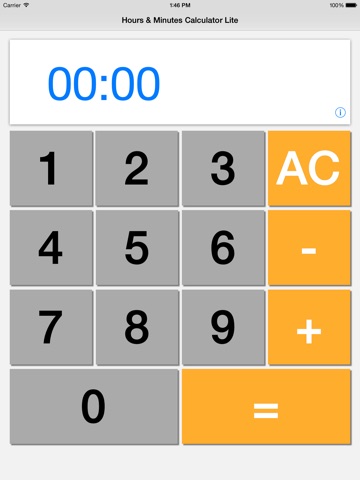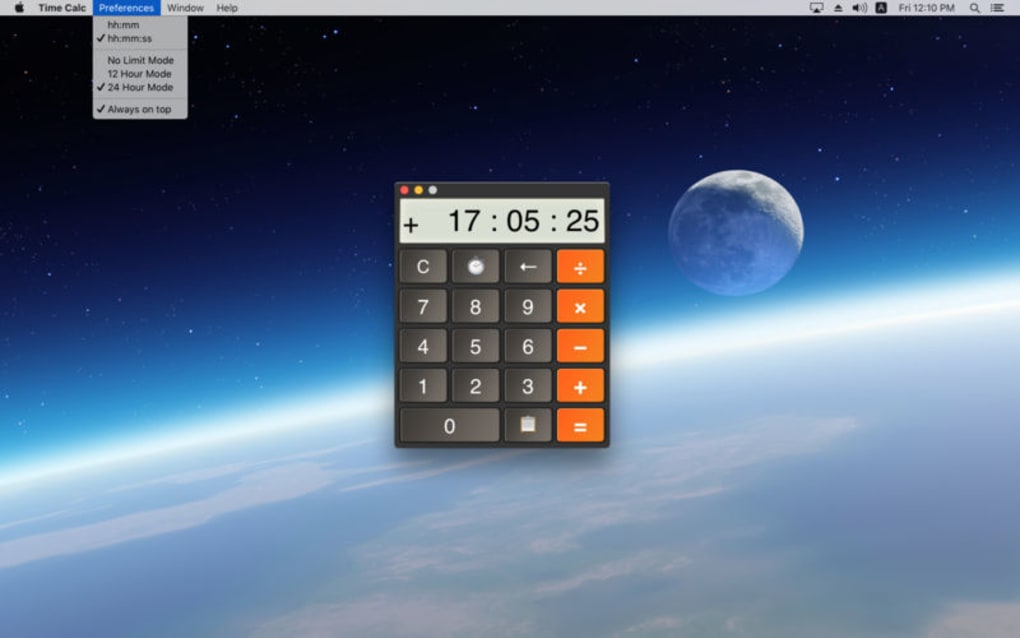
To subtract time that’s more than 24 hours: The formatting in cell D2 is copied along with the formula. To get the results for Joy and Leslie, copy the formula by selecting cell D2 and dragging to cell D4. Now we see that Richard worked 3 hours and 45 minutes. In the Type list, click h:mm (for hours and minutes), and then click OK.

In the Format Cells box, click Custom in the Category list. In cell D2, subtract the end time from the start time by entering the formula =C2-B2, and then press Enter. Type the other start and end times for your friends, Joy and Leslie. In cell C2, enter the end time, including “ a” or “ p” as appropriate, and then press Enter. In cell B2, enter the start time and include “ a” for AM or “ p” for PM. Here's another example: Let's say that you and your friends know both your start and end times at a volunteer project, and want to know how much time you spent in total.įollow these steps to get the elapsed time-which is the difference between two times. The format will be in the Type list the next time you need it. Take note of the colon after and a semicolon after mm. In the Type box, at the top of the list of formats, type and then choose OK. In the Format Cells box, choose Custom in the Category list. On the Home tab, in the Cells group, choose Format, and then choose Format Cells. To display the time as more than 24 hours, select cell B4. This is because the time for Task 2 is in 24-hour time. The result is 4:15, which is not what you might expect. Type =B2+B3 in cell B4, and then press Enter. In cell B2 type 12:45, and in cell B3 type 15:30. You need to apply a special format to the formula result. Well, that was easy enough, but there’s an extra step if your hours add up to more than 24.

Press Enter to get the same result, 16 hours and 15 minutes. The formula will look like this: =SUM(B2:B3). Select cell B4, and then on the Home tab, choose AutoSum.

Tip: You can also add up times by using the AutoSum function to sum numbers.


 0 kommentar(er)
0 kommentar(er)
